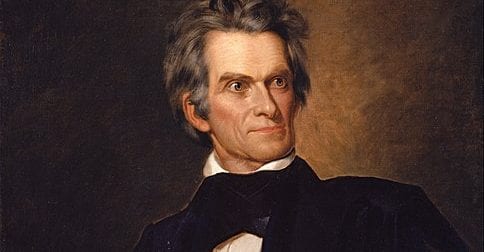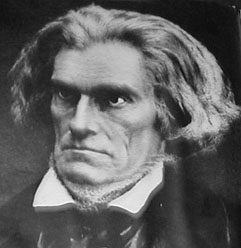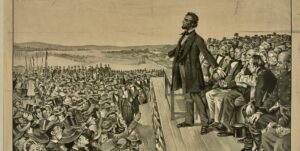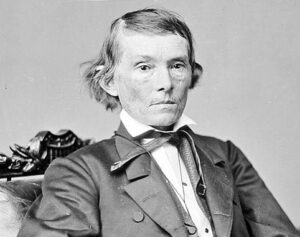
Calhoun and the Declaration of Independence

As Christian Pascarella blogged in August of this year, Lincoln saw a concrete link between the Declaration of Independence, the US Constitution, and the Union. That link, of course, was the principle that “all men are created equal.”
Not every antebellum thinker saw eye-to-eye with Lincoln’s espousal of this principle, however. John C. Calhoun, a South Carolinian politician and latter-day states’ rights advocate, was one of the main proponents of interposition, nullification, and in extreme cases, secession. When the Senate debated on the topic of whether the U.S. should sign a treaty with Britain to share the Oregon Territory, Calhoun spoke at length. One of the issues that he happened upon during his discourse was the topic of equality.
Have your students read his speech (it may be beneficial to truncate what lower-level students read, as the point is driven home early in this piece). Ask your students to consider how Calhoun understands the concepts of liberty and equality. Have your students hypothesize what Calhoun’s stance on slavery would have been. Ask what differences exist between Lincoln’s view of equality and Calhoun’s? Put in this light, all those who claim that Lincoln was not fully committed to black equality may tend to reconsider.
For more resources, check out our CDC volume, Causes of the Civil War, available in our bookstore.



